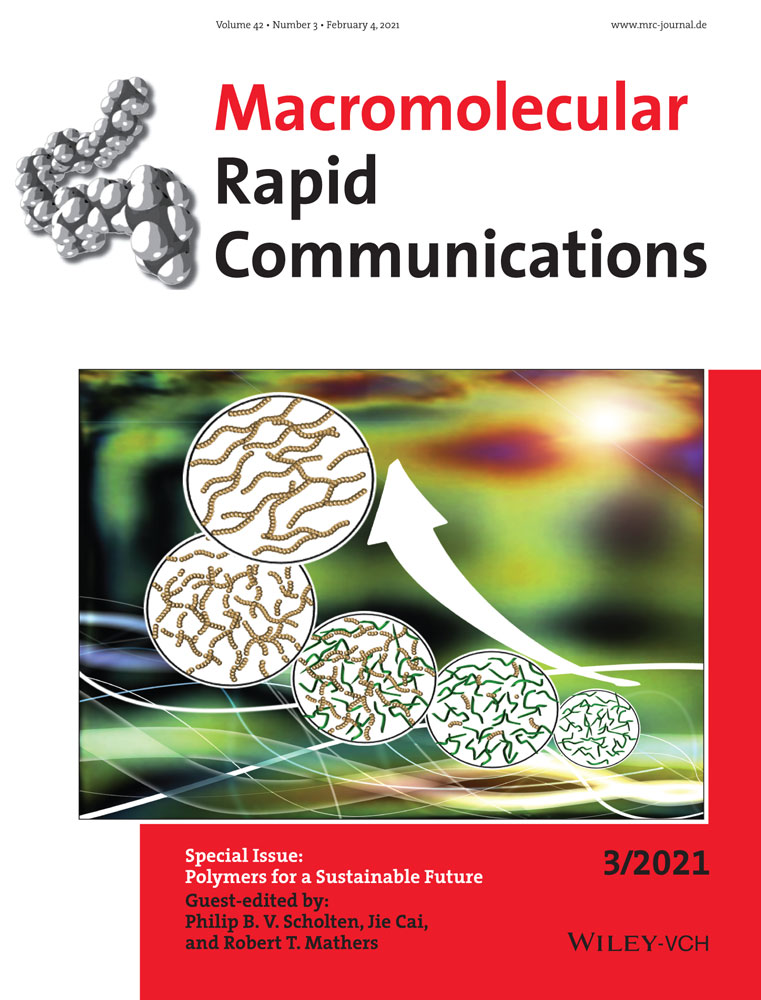Aqueous Polymer Modification of Cellulose Nanofibrils by Grafting-Through a Reactive Methacrylate Group
Abstract
Modifying the surface of cellulose nanofibrils (CNFs) produced by mechanical refinement with a variety of polymer functional groups in an entirely water-based system is challenging because only surface hydroxyl groups are accessible. To address this limitation, an entirely water-based, polymer modification scheme is developed. CNFs are functionalized with a reactive methacrylate functional group followed by subsequent grafting-through polymerization. This modification worked with a variety of water-soluble and water-insoluble (meth)acrylates and (meth)acrylamides, grafting up to 45 wt% polymer on to the CNFs. The reaction conditions introducing the methacrylate functional group are adjusted to vary the degree of functionality. Soxhlet extraction of modified samples demonstrates that the reactive methacrylate group is necessary to facilitate polymer grafting. The degree of functionalization of the polymers is studied via quantitative transmission IR spectroscopy and the morphology of the resulting cellulose nanofibrils is studied via a combination of optical, scanning electron, and atomic force microscopy. High levels of polymer modification do not significantly affect the micrometer-scale fibril morphology.
Conflict of Interest
The authors declare no conflict of interest.




